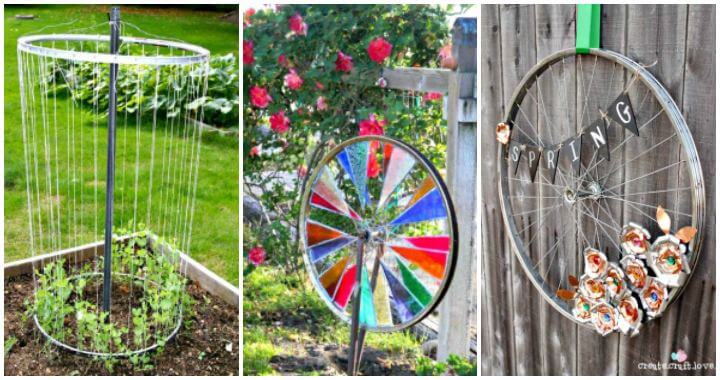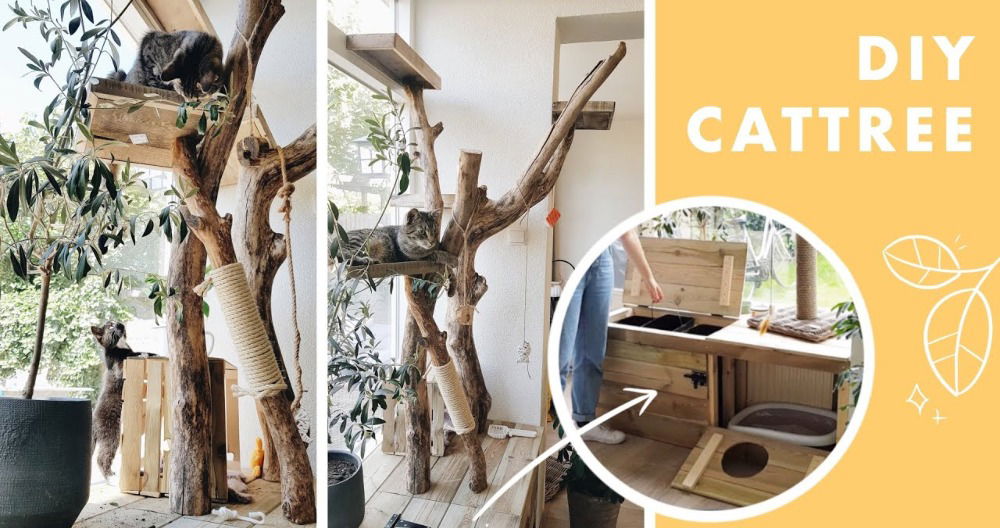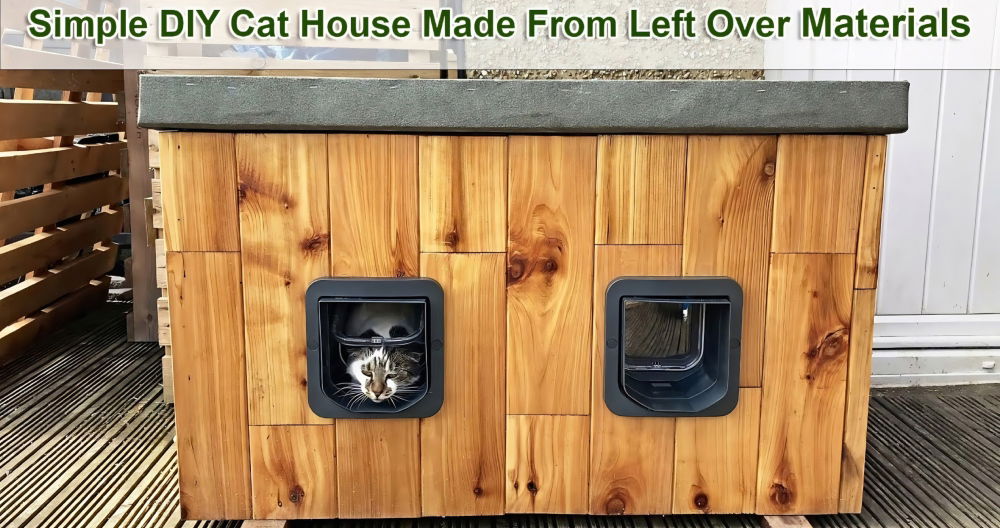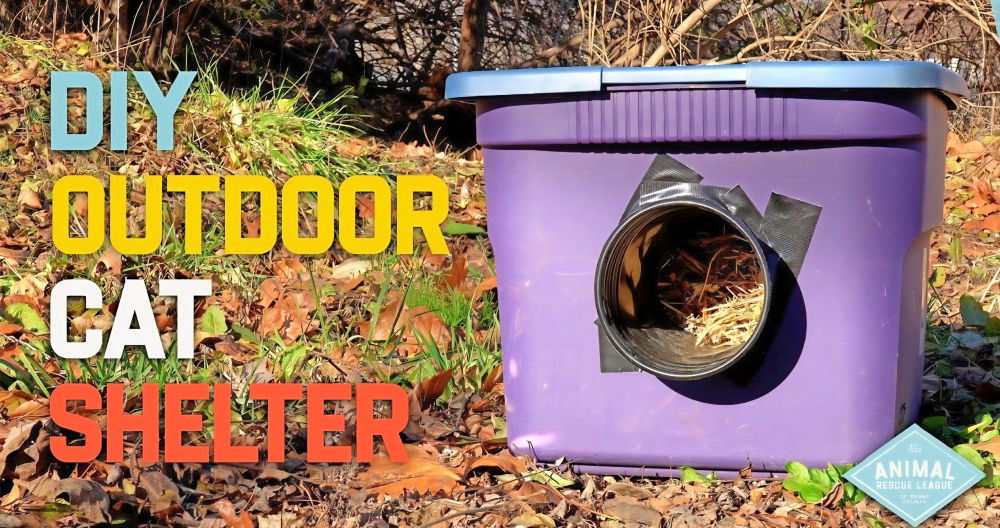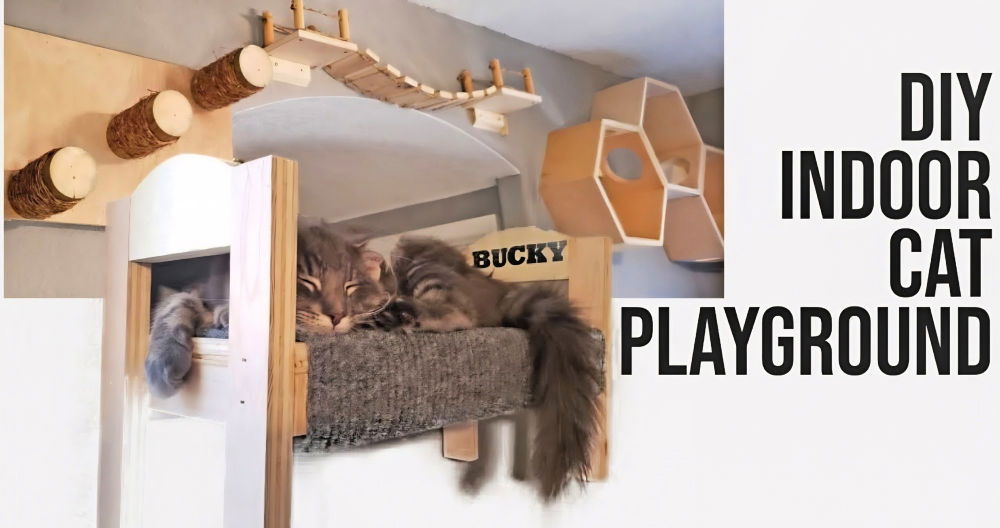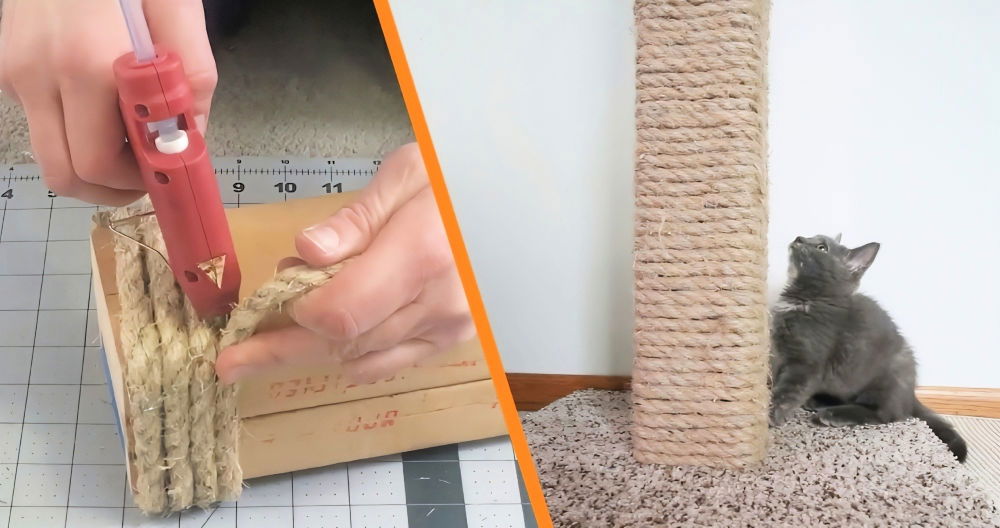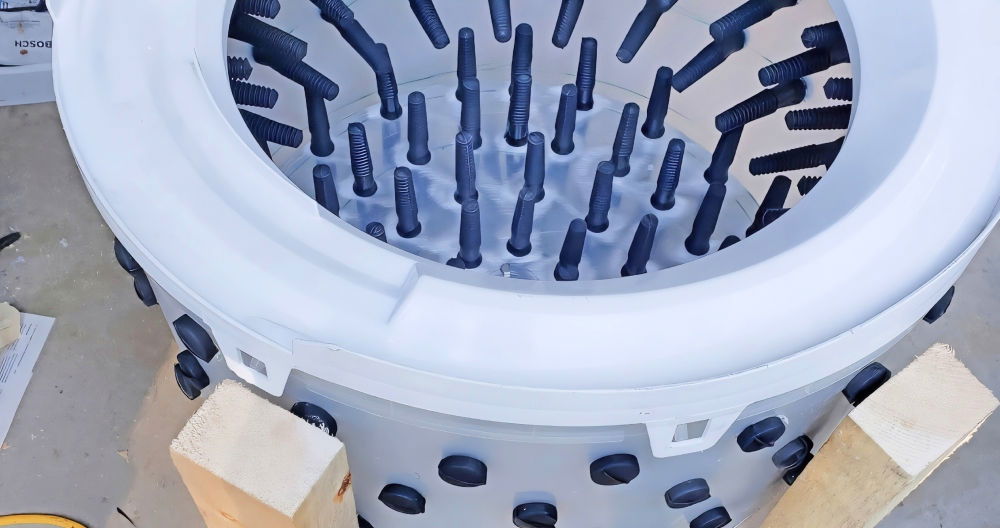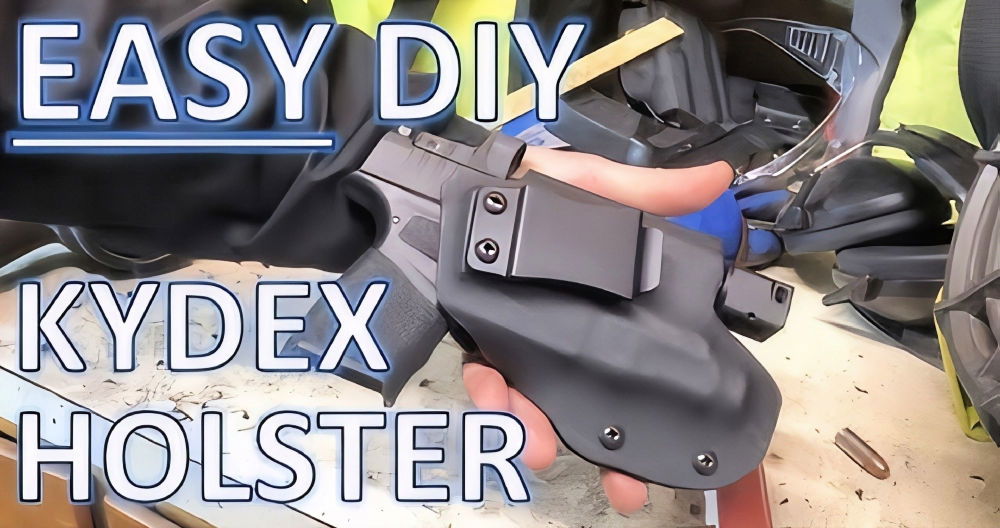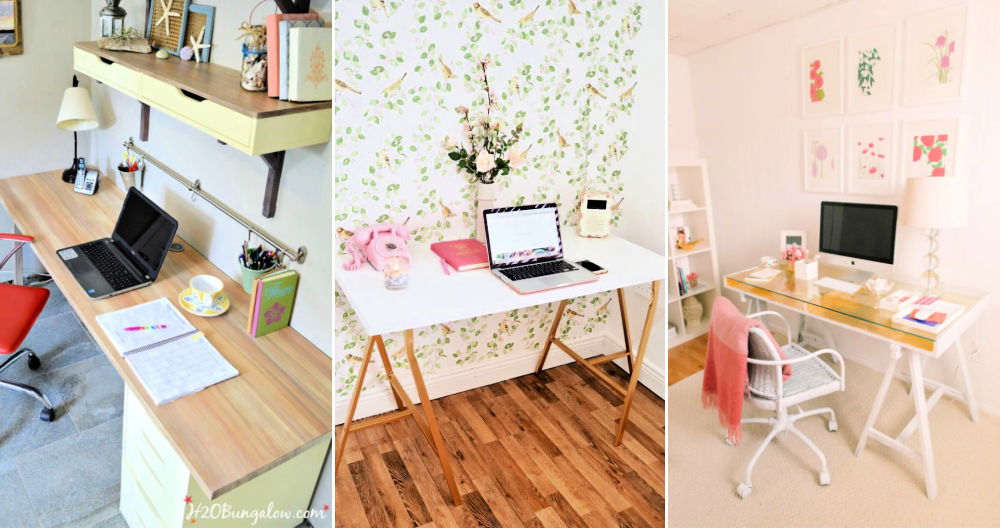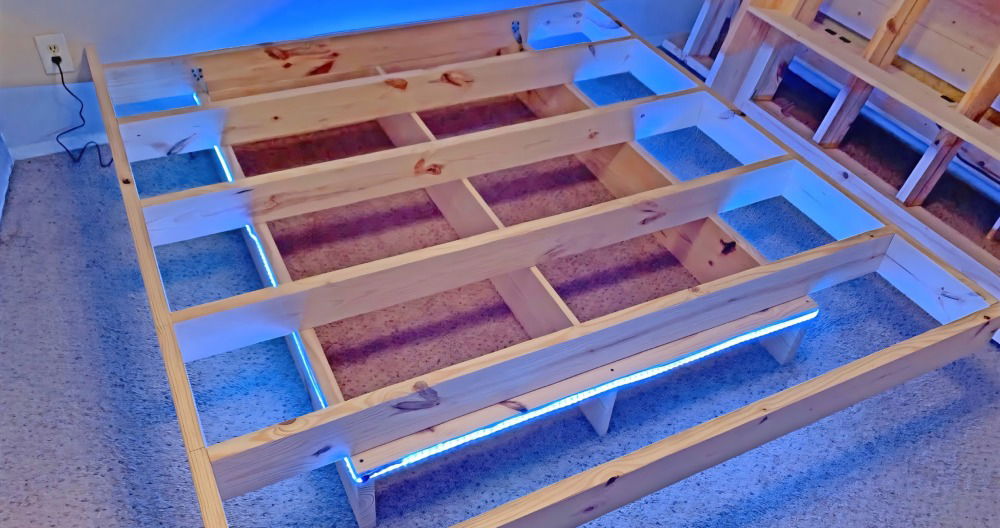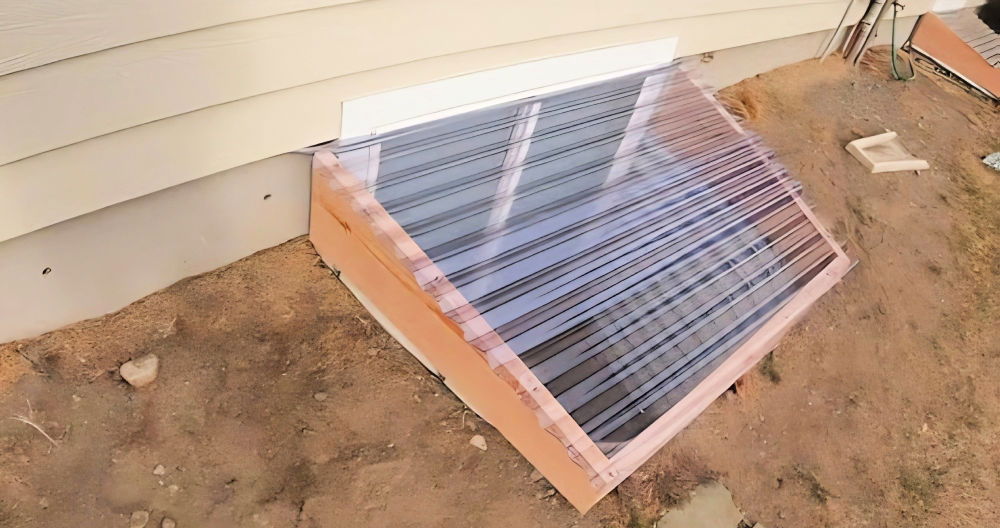Making a DIY cat wheel at home is a fun and rewarding project. Making your own cat exercise wheel can help keep your cat active and entertained. This guide will walk you through the necessary materials and how to build the wheel step by step and ensure you have all the information you need to complete the project successfully.
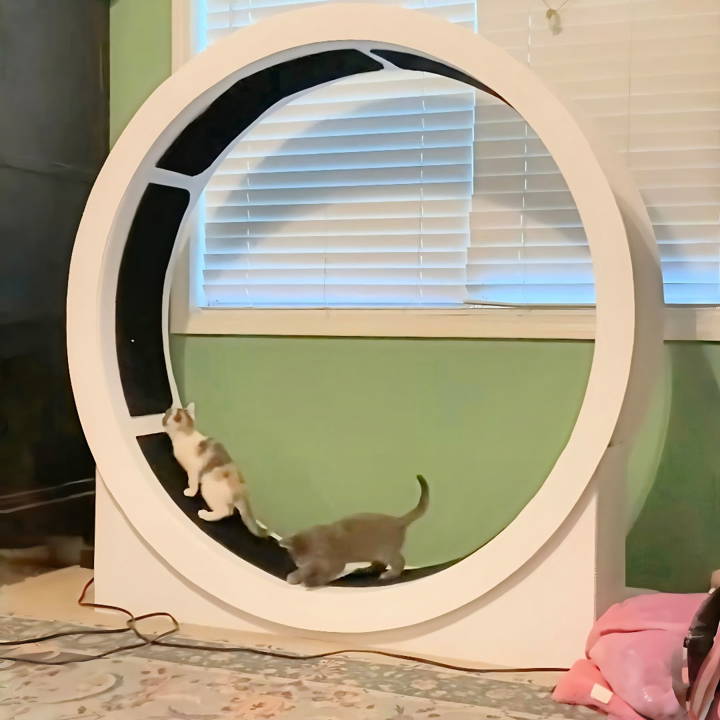
Building a DIY cat exercise wheel involves basic tools and materials that are easy to find. You'll need plywood, screws, and a few other supplies. We'll cover safety tips to keep in mind and provide clear instructions.
Ready to get started on making a DIY cat wheel? Continue to the next section for detailed steps and helpful tips.
Benefits of Cat Exercise
Regular exercise is crucial for maintaining a healthy and happy cat. Just like humans, cats need physical activity to stay fit and avoid health issues. Here's why encouraging your cat to use a cat wheel or engage in other forms of exercise is beneficial:
- Maintains Healthy Weight: Exercise helps prevent obesity in cats, which is a common problem that can lead to diabetes, liver disease, and joint pain. A cat wheel encourages regular movement, helping your cat burn calories and maintain a healthy weight.
- Improves Joint Health: Regular movement helps keep your cat's joints flexible and muscles toned, reducing the risk of arthritis and other mobility issues as they age.
- Enhances Mental Stimulation: Cats are naturally curious and playful. A cat wheel can provide mental stimulation, keeping them engaged and preventing boredom, which is especially important for indoor cats.
- Reduces Behavioral Problems: A well-exercised cat is less likely to display behavioral issues such as aggression, nighttime activity, or destructive behavior. Exercise can help reduce stress and anxiety, leading to a more balanced and calm demeanor.
- Strengthens Bond with Owner: Interactive play and exercise can strengthen the bond between you and your cat. It's an opportunity for you to engage with your pet and show affection.
- Promotes Overall Well-being: Regular exercise helps improve your cat's circulation, digestion, and overall health, contributing to a longer and happier life.
Adding a cat wheel boosts your cat's activity and well-being. It's an easy way to keep them healthy and happy.
Why Corrugated Plastic?
Before diving into the construction details, let's tackle the "why." Corrugated plastic, often recognized as a sturdier cousin of cardboard, holds well against wear and tear, making it ideal for our purr pals who love to claw and scratch. Its water-resistant quality means cleaning is a breeze – a simple wipe-down with your preferred cleaning solution will do the trick. Not to mention, it's a cost-effective solution for those of us on a budget.
Materials Needed
- Corrugated Plastic Sheets (4x8): The foundation of our cat wheel. Each panel costs around $21, proving to be an economical choice.
- Solid Casters (2-inch size): These ensure a smooth roll. I choose solid over swivel types to maintain stability. Aim for four casters at approximately $4 each.
- Carpet Tape: This double-sided miracle worker will hold our structure together, where traditional adhesives fail with plastic.
- Painters and Clear Tape: For securing edges and marking measurements.
- Box Cutter: For cutting out our wheel and base pieces precisely.
- Ruler and Compass: Essential for measuring and drawing our circles accurately.
- Low-temp Glue Gun: For reinforcing seams and adding any attachments or adjustments.
- Sandpaper: To smooth out any sharp edges after cutting.
- Markers (Dry Erase): For marking measurements on our plastic, easily wiped away for a clean finish.
Step by Step Instructions
Build your own DIY cat wheel with easy, step-by-step instructions. Learn how to craft the wheel, build the base, and add final touches.
Crafting the Wheel
- Measure Twice, Cut Once: Begin by marking your plastic sheets for the wheel's circumference. Using a ruler, compass, or a homemade guide, draw two circles with diameters of 48 inches for the inner circle and 54 inches for the outer. This allows for a 3-inch width, providing ample space for your cat to run.
- Cutting Panels: With a sharp box cutter, carefully cut along your marked lines. We'll need two of these larger circles for stability.
- Attaching the Circles: Use carpet tape along the edges of one circle, and carefully align the second circle on top, pressing firmly to ensure a strong bond.
- Sanding Edges: Smooth out any sharp or rough edges with sandpaper to keep your kitty safe.
Building the Base and Support
- Cutting the Base: Mark and cut out a rectangular base from your remaining plastic. Its size should correspond with the wheel's diameter, ensuring stability.
- Assembling the Frame: For the frame that will hold your wheel in place, measure and cut two rectangles tall enough to support the wheel's height, plus an additional inch for clearance. Attach these to the base with carpet tape and reinforce them with a glue gun.
- Caster Installation: Attach the casters to the bottom of the base, spaced evenly to distribute weight. This makes the wheel mobile for easy relocation.
Final Touches
- Connecting Wheel to Base: Position your wheel standing up and secure it to the frame supports. You might opt to build a notch in the frame where the wheel's edge can sit snugly, ensuring it remains stable while spinning.
- Adding Texture: If your cat prefers a bit of traction, consider lining the inside of the wheel with a thin layer of felt or a non-slip material. Cut it to size and adhere it using carpet tape for easy removal and cleaning.
Safety Checks and Adjustments
After assembly, it's crucial to inspect the wheel for stability and smooth operation. Spin the wheel by hand to ensure it moves freely without hitting the frame. Watch for any areas where your cat's claws could get caught, and smooth these out.
Introducing Your Cat to the Running Wheel
Patience is key when introducing your cat to their new exercise wheel. Start by encouraging them to explore the wheel with treats or their favorite toy. It may take time, but with positive reinforcement, your cat will soon be running on their wheel with gusto.
Customization Ideas for Your DIY Cat Wheel
Creating a DIY cat wheel is not just about functionality; it's also an opportunity to add a personal touch that reflects your style and your cat's personality. Here are some customization ideas to make your cat wheel a unique piece in your home:
- Choose a Theme: Does your cat have a favorite toy or color? Use that as inspiration for the theme of the cat wheel. Whether it's a jungle motif or a sleek modern design, picking a theme can make the project more fun.
- Pick the Perfect Material: Cat wheels can be made from various materials, such as wood, metal, or plastic. Consider what would be best for your home environment and your cat's preferences. For example, wood can be stained or painted to match your furniture.
- Add Comfort with Padding: Cats love comfort, so adding a soft, padded running surface can encourage them to use the wheel more often. Choose a material that's easy to clean and replace if needed.
- Incorporate Interactive Elements: Attach toys or dangling items to the cat wheel to entice your cat to play. Make sure these are securely fastened and safe for your cat to interact with.
- Personalize with Nameplates: Add a small nameplate or decal with your cat's name on the wheel. It's a simple touch that adds a lot of personality.
- Adjustable Speed Settings: If you're handy with mechanics, consider making a mechanism that allows you to adjust the resistance of the wheel. This way, you can customize the difficulty level for your cat's exercise routine.
- Foldable Design for Small Spaces: If you're short on space, design the cat wheel to be foldable. This way, you can store it away when it's not in use.
- Safety Features: Safety is paramount. Ensure that the wheel has a stable base and that all moving parts are covered to prevent any accidents.
Use these customization ideas to make a cat wheel that's functional and a delightful home addition. Ensure your cat's safety and comfort during the design.
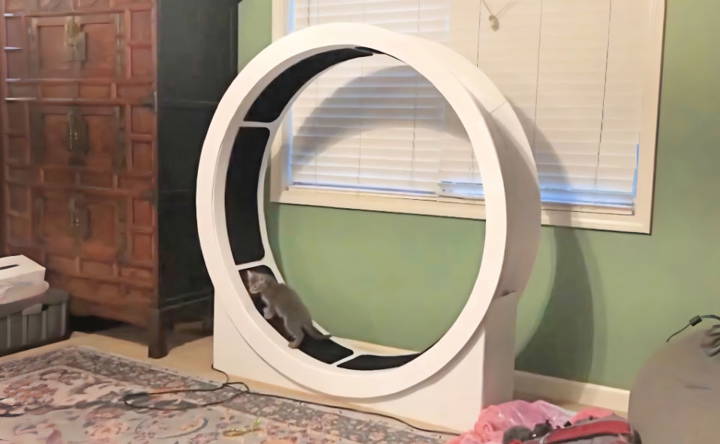
Troubleshooting Common Problems with DIY Cat Wheels
When you embark on the journey of building a DIY cat wheel, you might encounter a few hiccups along the way. Here's a guide to help you navigate through some common issues and their solutions:
The Wheel Doesn't Spin Smoothly
- Solution: Check if the wheel is properly aligned and balanced. Make sure all screws are tightened and that the wheel is not rubbing against any part of the frame. Lubricate the bearings or caster wheels for a smoother rotation.
The Wheel is Wobbly
- Solution: A wobbly wheel often indicates an issue with the base. Ensure the base is sturdy and evenly supports the wheel. You may need to reinforce the structure with additional materials or adjust the feet for even weight distribution.
The Running Surface is Too Slippery
- Solution: Cats need traction to run comfortably. If the surface is too slick, add a non-slip material like carpet or rubber matting. This provides grip and makes it safer for your cat to use the wheel.
The Wheel is Too Noisy
- Solution: Noise can be due to friction or loose parts. Tighten all connections and consider adding soft materials like felt or rubber where the wheel makes contact with the frame to dampen the sound.
My Cat Won't Use the Wheel
- Solution: Cats can be hesitant to try new things. Encourage them by placing treats on the wheel or using a laser pointer to spark their interest. Be patient and give them time to get accustomed to the wheel.
The Wheel Takes Up Too Much Space
- Solution: If space is an issue, design a foldable or detachable wheel that can be stored away when not in use. Measure your space beforehand and plan the wheel size accordingly.
Difficulty in Construction
- Solution: If you're finding the building process challenging, review the instructions and ensure you have the right tools. Don't hesitate to seek help from someone with more experience or watch tutorial videos for guidance.
Solve these common issues to build a functional, enjoyable cat exercise wheel. Be patient, resourceful, and attentive. Your cat will be grateful!
Safety Precautions for Building a DIY Cat Wheel
When building a DIY cat wheel, safety is paramount. Not only for the well-being of your cat but also to ensure a safe construction process. Here are some key safety precautions to keep in mind:
- Sturdy Construction: Ensure that all parts of the cat wheel are securely attached. Use strong, durable materials and fasten them together with reliable hardware. A solid construction prevents the wheel from collapsing or breaking during use.
- Smooth Edges: Before assembling, smooth out all edges of the materials with sandpaper. This will help prevent any injuries to you during the build and to your cat during use.
- Non-toxic Materials: Choose materials that are non-toxic and safe for pets. If you're painting or staining the wheel, opt for products that are labeled as pet-safe.
- No Pinch Points: Design the wheel to avoid any pinch points where your cat's paws or tail could get caught. This includes the area where the wheel spins on its axis or rests on the base.
- Secure Base: The base of the cat wheel should be stable and heavy enough to prevent tipping over when your cat is running. Consider adding a non-slip material underneath to keep it in place.
- Regular Inspection: Once the cat wheel is in use, regularly inspect it for any signs of wear and tear. Check for loose screws, worn parts, or any damage, and repair them promptly to maintain safety.
- Supervision: Initially, supervise your cat while they use the wheel. This will allow you to ensure they are using it safely and to make any necessary adjustments to the design.
By following these safety precautions, you can build a fun and secure environment for your cat to exercise. Always prioritize safety throughout the building process and while your cat enjoys their new wheel.
FAQs About DIY Cat Wheel
Get all your questions answered about DIY cat wheels, from materials and tools to assembly tips and safety guidelines in our comprehensive faqs.
A DIY cat wheel is a homemade version of a commercially available exercise wheel for cats. It’s like a treadmill for your feline friend. Cats need regular exercise to maintain their health and to prevent boredom. A cat wheel can help indoor cats, especially active breeds, burn off excess energy in a fun and engaging way.
Absolutely! You can customize your cat wheel by painting it, adding artificial turf or carpet for grip, or even incorporating a step counter to track your cat’s exercise. Customization not only makes the wheel more attractive but can also enhance your cat’s interest in using it.
The cost of making a DIY cat wheel can vary. It’s generally more affordable than buying a pre-made one, but the price will depend on the materials you choose. You can expect to spend over $200 if you opt for high-quality materials and tools. However, there are ways to build one for under $100 by choosing more cost-effective materials and using tools you may already have.
There’s no guarantee that your cat will take to the wheel immediately, as every cat is different. Some may jump right on and start running, while others may need encouragement and training. Using treats or toys to lure your cat onto the wheel and rewarding them for using it can help. Patience is key, and with time, most cats can learn to enjoy their new exercise equipment.
Safety is paramount when building a DIY cat wheel. Here are some tips to ensure your cat's safety:
Stability: Make sure the base of the cat wheel is sturdy and well-balanced to prevent tipping over when your cat is running.
Materials: Use non-toxic materials and finishes, as cats may chew or lick the wheel.
Smooth Edges: Sand down any rough edges or corners to prevent injury.
Regular Inspection: Check the wheel regularly for any signs of wear and tear or loose components that could harm your cat.
Supervision: Initially, supervise your cat while they use the wheel to ensure they are using it safely and comfortably.
Final Thoughts
Wrapping up, making a DIY cat wheel at home can be a fun and rewarding project. Not only does a DIY cat exercise wheel keep your cat healthy, but it's also cost-effective and customizable. By following the steps outlined in this article, you can build the perfect DIY cat wheel for your furry friend. Enjoy the process and watch your cat thrive with their new exercise wheel!


